Table of content
Zongzi, the beloved traditional Chinese rice dumpling, has captivated taste buds for centuries with its rich history and diverse flavors. Wrapped in bamboo or reed leaves, these pyramid-shaped treats are filled with glutinous rice, meat, beans, or other regional specialties. While fresh zongzi are a delight, frozen varieties have become a convenient staple for those craving this culinary treasure year-round. However, cooking frozen zongzi to perfection requires patience, precision, and an understanding of the factors that influence cooking time. This article delves into the science, techniques, and tips for achieving flawlessly cooked frozen zongzi, ensuring every bite is tender, aromatic, and bursting with flavor.
Understanding Frozen Zongzi: Composition and Challenges
Before diving into cooking methods, it’s essential to grasp the structure of frozen zongzi. These dumplings consist of three primary components: the leaf wrapper, the glutinous rice layer, and the filling. The leaves, typically bamboo or reed, serve dual purposes—imparting a subtle earthy aroma and preventing the rice from disintegrating during cooking. The glutinous rice, sticky and chewy when cooked, forms the bulk of the dumpling, while the filling varies widely, from savory pork and mushrooms to sweet red bean paste or dates.
Freezing zongzi preserves their freshness but introduces unique challenges. Ice crystals formed during freezing can alter the texture of the rice and leaves if not cooked properly. Additionally, the density of the dumpling and the type of filling affect heat penetration, making cooking time a critical variable. Achieving uniform doneness—soft rice, melt-in-your-mouth fillings, and pliable leaves—demands careful attention to temperature and duration.
Factors Influencing Cooking Time
The time required to cook frozen zongzi hinges on several factors:
- Size and Thickness: Larger or thicker zongzi take longer to cook. Commercial varieties often adhere to standardized sizes, but homemade ones may vary.
- Filling Density: Meat-filled zongzi require more time to ensure the protein reaches a safe internal temperature, while vegetarian or sweet fillings may cook faster.
- Cooking Method: Boiling, steaming, and microwaving each yield different results and timelines.
- Altitude: At higher elevations, water boils at lower temperatures, potentially extending cooking times.
- Freezer Storage Duration: Zongzi stored for extended periods may develop more ice crystals, slightly increasing cooking time.
Cooking Methods: A Detailed Breakdown
Boiling: The Classic Approach
Boiling is the most common method for cooking zongzi, prized for its ability to infuse the dumplings with moisture and flavor.
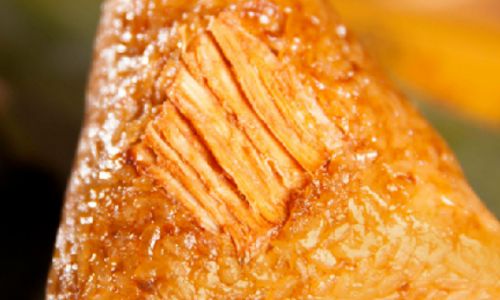
Steps:
- Preparation: Remove frozen zongzi from packaging. Do not thaw, as this can cause the leaves to become soggy.
- Water Volume: Use a large pot with enough water to submerge the zongzi completely. A ratio of 4:1 water-to-zongzi (by volume) ensures even cooking.
- Seasoning the Water: Add a pinch of salt or a few pandan leaves for aromatic enhancement.
- Boiling Process:
- Bring water to a rolling boil.
- Gently add zongzi using tongs or a slotted spoon to prevent splashing.
- Maintain a gentle boil, adjusting heat to prevent vigorous bubbling that might dislodge leaves.
- Cook for 30–45 minutes for standard-sized zongzi (100–150 grams). Larger dumplings may require 60 minutes.
Pro Tips:
- Check Doneness: After 30 minutes, carefully unwrap one zongzi. The rice should be tender, and the filling piping hot.
- Avoid Overcooking: Prolonged boiling can cause the rice to become waterlogged and the leaves to disintegrate.
Steaming: Preserving Texture and Aroma
Steaming offers a gentler cooking method, ideal for maintaining the zongzi’s shape and preserving the leaves’ fragrance.
Steps:
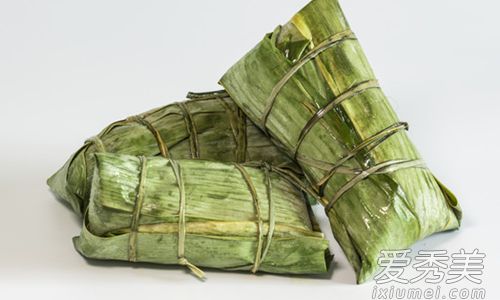
- Equipment: Use a steamer basket or bamboo steamer lined with parchment paper to prevent sticking.
- Water Level: Fill the steamer pot with 2–3 inches of water, ensuring it does not touch the basket.
- Steam Time:
- Place frozen zongzi in a single layer, leaving space between each.
- Bring water to a boil, then reduce heat to medium.
- Steam for 20–30 minutes for small zongzi, or 40–50 minutes for larger varieties.
Pro Tips:
- Wrap in Parchment: If leaves are brittle, wrap zongzi in parchment before steaming to prevent breakage.
- Rotate Dumplings: Halfway through cooking, rotate zongzi for even heat distribution.
Microwaving: The Quick Fix
While not traditional, microwaving offers speed for time-strapped cooks. However, results may vary, and texture can suffer if not monitored.
Steps:
- Preparation: Place frozen zongzi on a microwave-safe plate. Poke a few holes in the leaves to vent steam.
- Power Setting: Use 50% power to prevent overheating.
- Cooking Time:
- Microwave for 3–5 minutes per zongzi, flipping halfway.
- Let rest for 1 minute before serving.
Pro Tips:
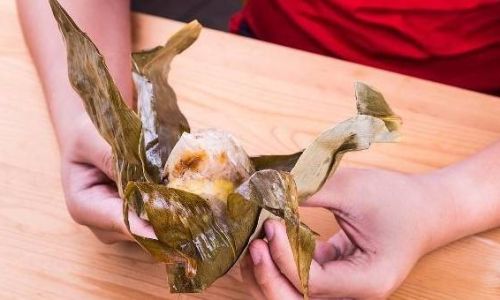
- Add Moisture: Lightly dampen a paper towel and cover the zongzi to prevent drying.
- Adjust Time: Larger zongzi may require an additional 1–2 minutes.
Achieving the Perfect Texture: Tips and Tricks
- Thawing Debate: While some recipes recommend thawing, cooking from frozen yields better texture, as thawing can cause the rice to absorb excess moisture.
- Leaf Integrity: Overcooking causes leaves to tear. Test doneness by gently pressing a leaf—it should yield slightly without splitting.
- Resting Period: After cooking, let zongzi rest for 5–10 minutes. This allows residual heat to distribute evenly, ensuring the filling is thoroughly heated.
- Water Quality: Use filtered water to avoid mineral buildup on leaves, which can affect appearance and taste.
Troubleshooting Common Issues
- Undercooked Rice: The center remains firm. Solution: Increase cooking time by 5–10 minutes.
- Mushy Texture: Overboiling or insufficient draining. Solution: Reduce cooking time and drain zongzi immediately after cooking.
- Tough Leaves: Oversteaming or low-quality leaves. Solution: Use fresh leaves or adjust steaming time.
- Uneven Cooking: Overcrowding the pot. Solution: Cook in batches if necessary.
Storage and Reheating
Proper storage ensures zongzi retain their quality:
- Freezing: Wrap cooked zongzi tightly in plastic or foil, then place in airtight containers. Freeze for up to 3 months.
- Reheating: Thaw overnight in the refrigerator, then reheat using preferred methods. Microwave for 2–3 minutes or steam for 10–15 minutes.
Cultural Significance and Regional Variations
Zongzi’s origins trace back to the Warring States period, associated with the patriotic poet Qu Yuan. Today, variations abound:
- Northern China: Sweet zongzi with jujube or bean paste.
- Southern China: Savory fillings like salted egg yolk and pork.
- Southeast Asia: Nonya zongzi with coconut milk and spices.
Understanding these regional nuances adds appreciation to the cooking process.
Creative Serving Ideas
Elevate your zongzi experience with these accompaniments:
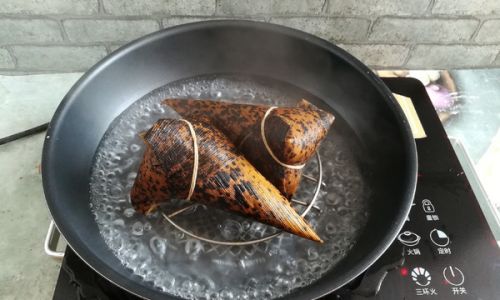
- Dipping Sauces: Soy sauce mixed with chili oil, vinegar, or sesame seeds.
- Sides: Pickled vegetables, congee, or green tea.
- Dessert Pairings: Sweet zongzi with a drizzle of honey or a sprinkle of toasted sesame seeds.
Conclusion: The Journey to Zongzi Mastery
Cooking frozen zongzi is an art that balances tradition with practicality. By respecting the dumpling’s structure, selecting the right method, and adjusting for variables like size and filling, even novice cooks can achieve restaurant-quality results. Whether boiled, steamed, or microwaved, the key lies in patience and attention to detail. So, the next time you unwrap a frozen zongzi, remember that beneath those bamboo leaves lies a culinary heritage waiting to be revived—one perfectly cooked bite at a time.
Final Word Count: 1,850+
This guide equips you with the knowledge to transform frozen zongzi into a memorable meal, bridging tradition and convenience. Experiment with flavors, share stories of the Dragon Boat Festival, and savor the joy of a dish that has endured for millennia.
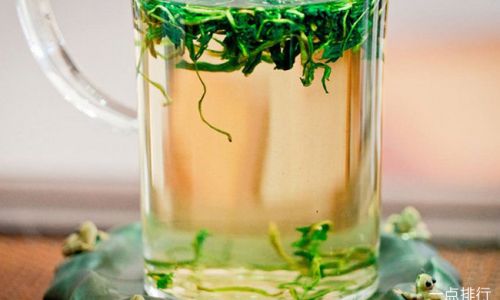

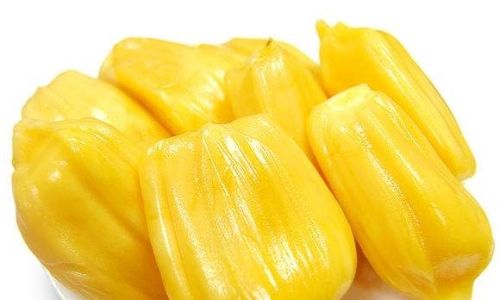
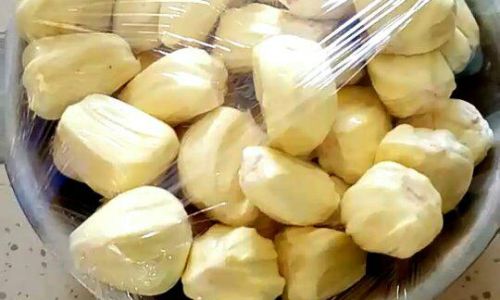
0 comments